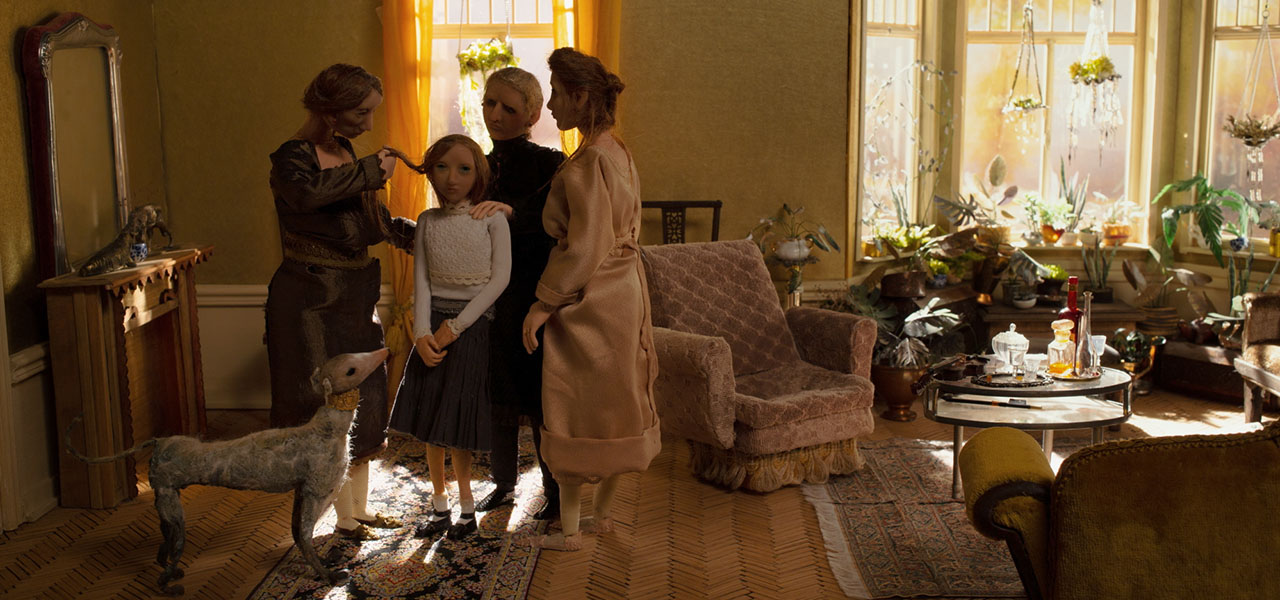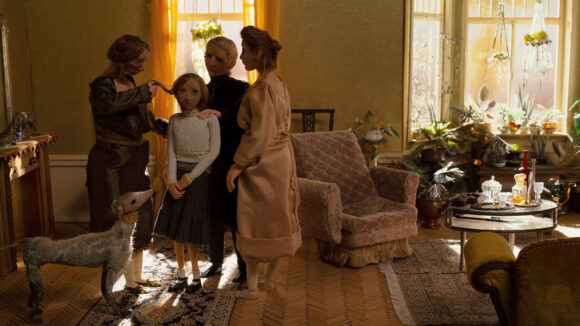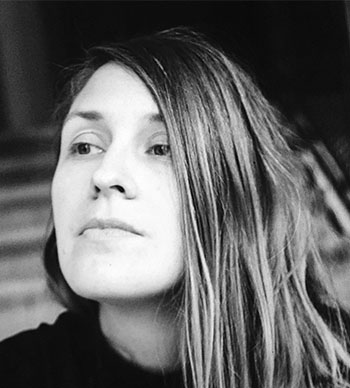

2025 Oscars Short Film Contenders: ‘The Family Portrait’ Director Lea Vidaković
Cartoon Brew is putting the spotlight on animated short films that have qualified for the 2025 Oscars.
In this installment, we’re looking at The Family Portrait from Serbian filmmaker Lea Vidaković. The short earned its Oscars qualification by winning the Rigo Mora Award for best international animated short film at the Guadalajara International Film Festival.
As Austro-Hungary teeters on collapse, Andras and his daughter are taken aback by the visit from Andras’ brother, Zoltan, who comes accompanied by his large family. How does one cope with having their routines broken down by the chaos provided by other human beings living their own messy lives? Vidaković’s answer lies in what truly makes a family. The film is produced by Croatian boutique studio Adriatic Animation and Origin Tales.
Cartoon Brew: Although it is mostly centered around a family’s troubles in fitting with each other, your film is also deeply linked with a precise moment in history. Why was it important to anchor your film in that time and place?

Lea Vidaković: I feel that it was the last golden age of my hometown, which was once part of the Austro-Hungarian Empire, and it still lives off the glory and beauty of those remnants. After the assassination of Franz Ferdinand, everything went downhill and unstoppably crumbled. Even today, it feels like a long one-way journey to an abyss. The breadth of that era is deeply reflected in each miniature, with every stylistic choice made to highlight this. It is this profound sense of helplessness, of a kind of nostalgia mixed with melancholy that fills those miniature interiors, emanating from the tension between stillness and motion.
What was it about this story or concept that connected with you and compelled you to direct the film?
I was born in Yugoslavia (now Serbia), but I haven’t lived there for 20 years. Each time I return to my home town, I am just struck with all the beautiful architectural (social and cultural) remains from the Austro-Hungarian era. But this once blooming “Art Nouveau” city just doesn’t stop crumbling, and it is very painful to experience. In my film, I wanted to depict the last moments of the golden life of an aristocratic family before what was to come. The recent events in the world made this notion an even more relevant and bitter topic. This family represents every family that faces both inner conflicts but also external forces beyond their control.
What did you learn through the experience of making this film, either production-wise, filmmaking-wise, creatively, or about the subject matter?
This was the first co-production I worked on with a larger team across three countries. I learned that I can let go a bit, because I am not alone. I’m truly thankful to all the team members for their professional contributions and dedication. I’ve learnt so much from each of them, on every level – whether it’s in terms of craft, creativity, planning, or human relationships. I also discovered that the topic I initially thought was specific to a certain time and place can actually resonate beyond those boundaries. A troubled family reads the same across all continents and cultures.
Can you describe how you developed your visual approach to the film? Why did you settle on this style/technique?
I am fascinated by the power and visual density of stop-motion animation, which is almost like a painting in space. The crafted miniature worlds have a unique ability to tell stories without telling them, simply by conveying certain atmospheres and using objects that carry their own history. The quality of light and space often conceals a story, and this was particularly suited to the film, as it required this specific form of narration. I spent a lot of time exploring light in different paintings, especially those by Danish Intimist painters like Hammershøi, Ilsted, and Hølsøe. Finding an actual old villa in a village in northern Serbia was valuable, as it gave insight into how to study space and light, and how to recreate the most important character of the film — the house. The house acts as a mirror for everything that happens within it and beyond.

.png)